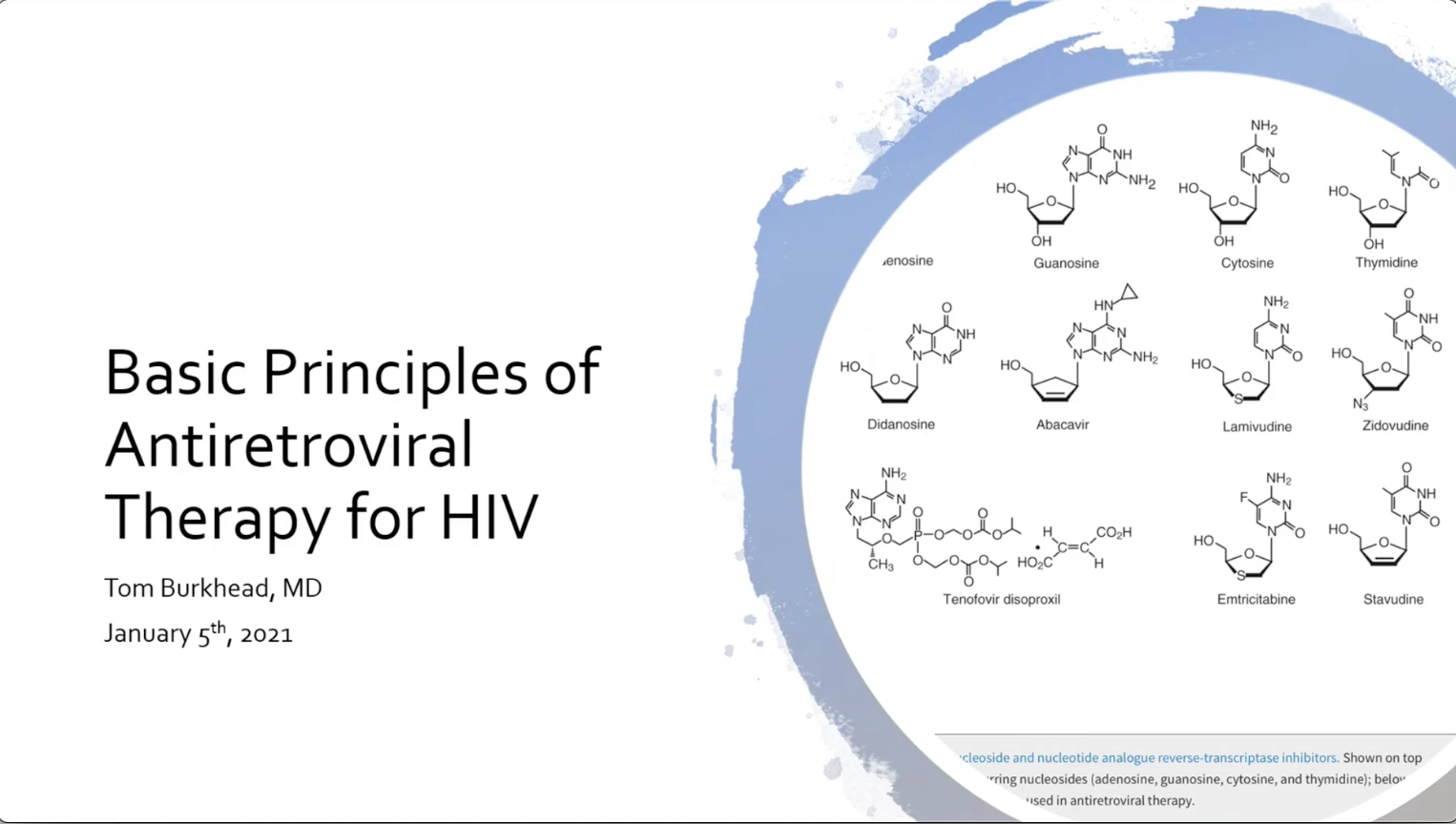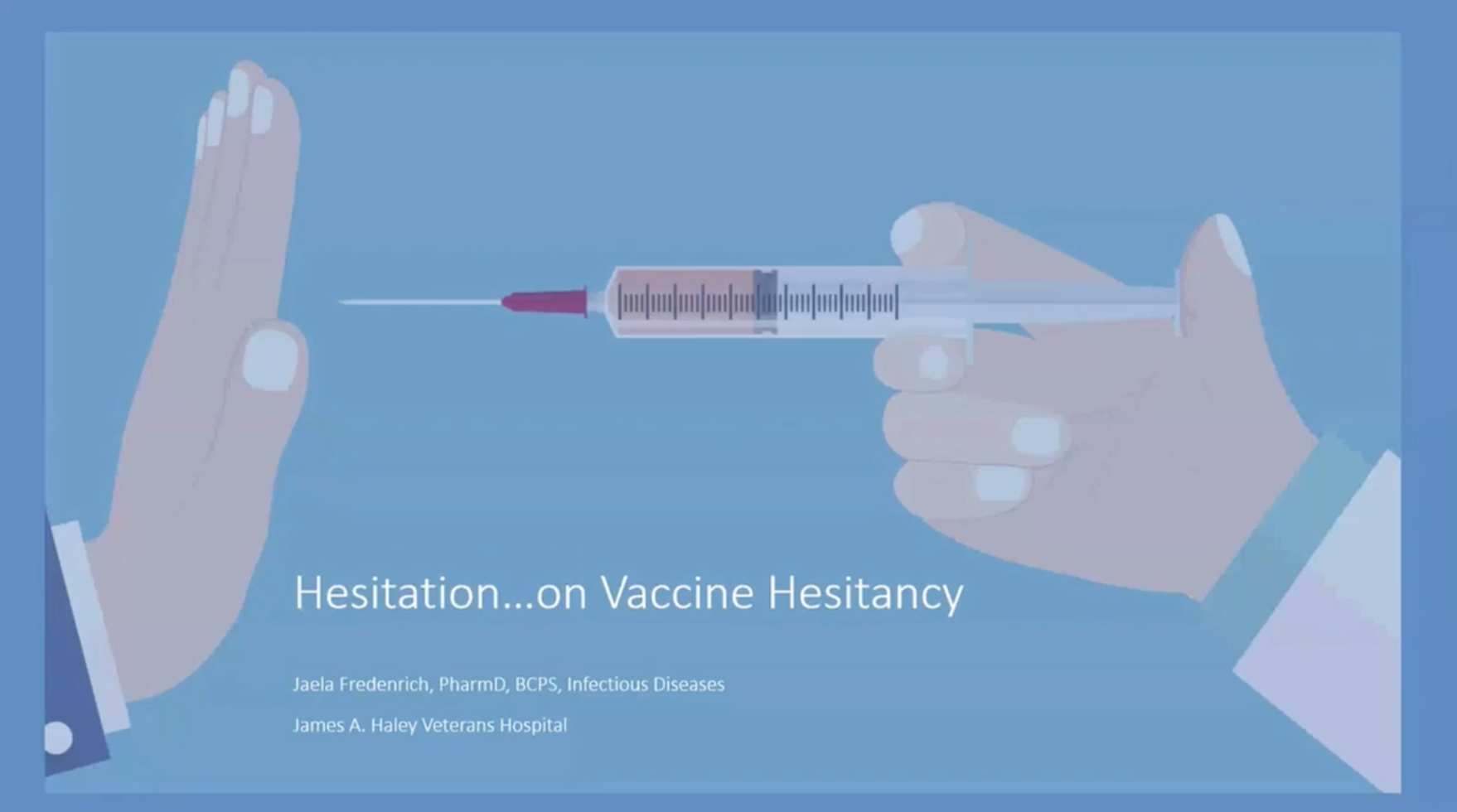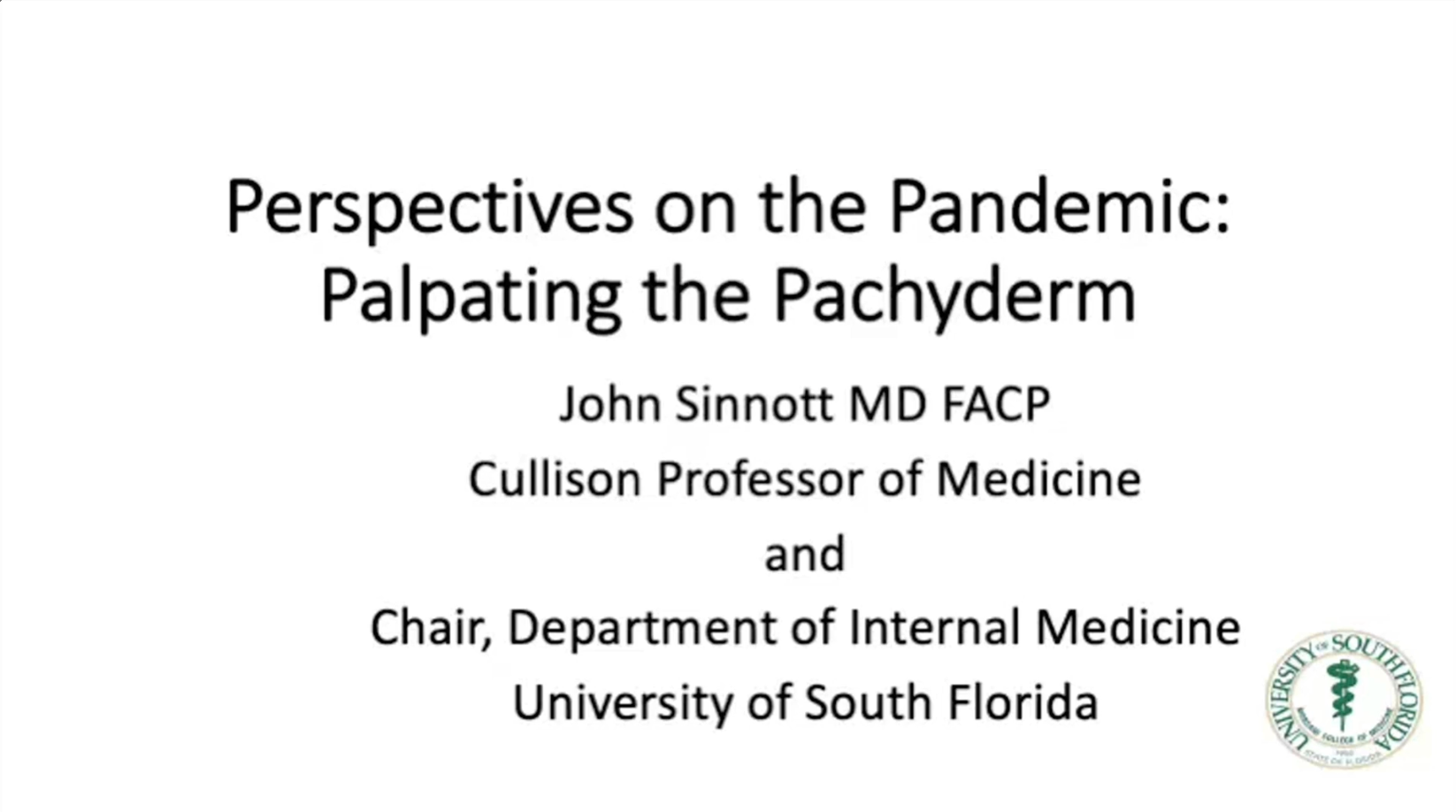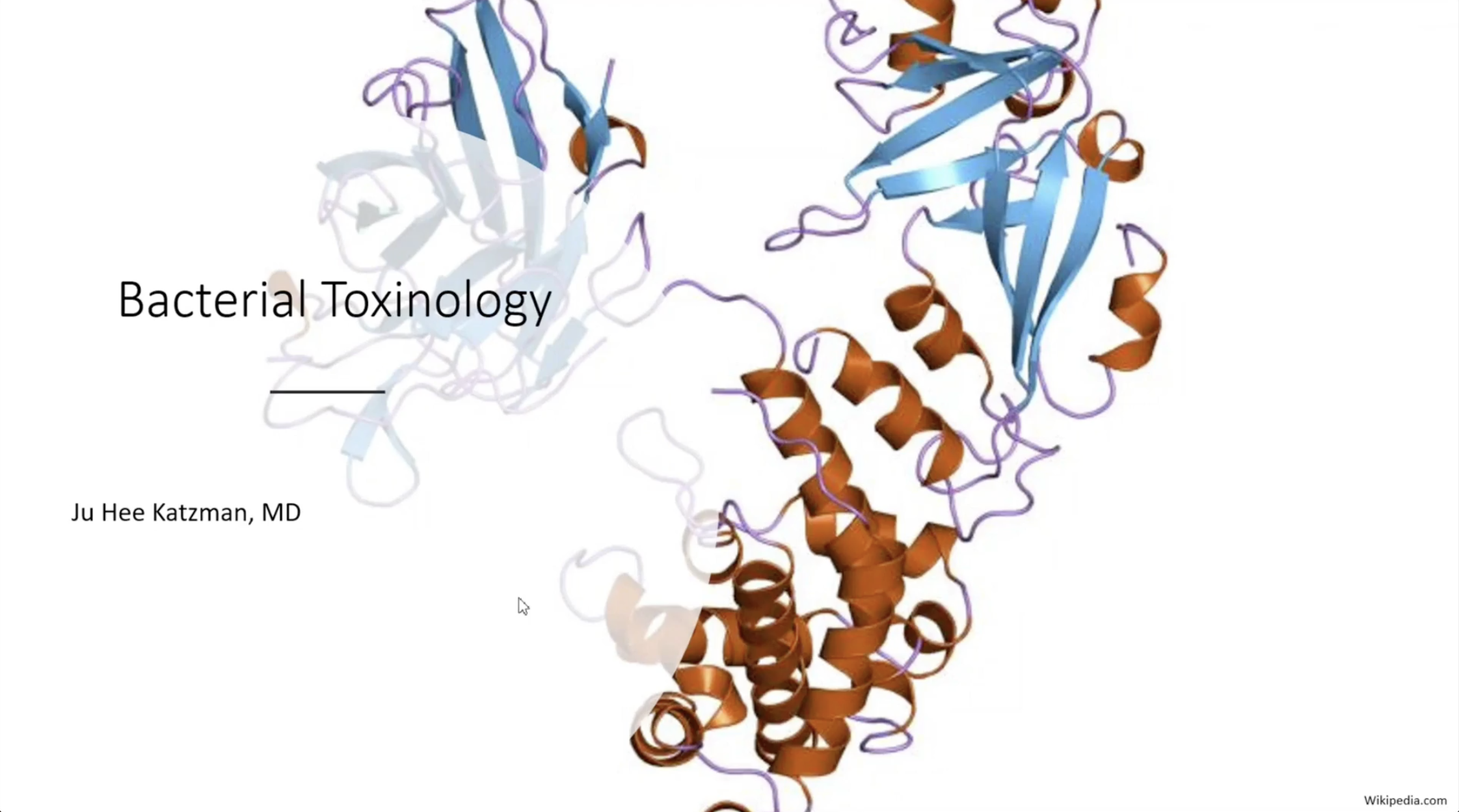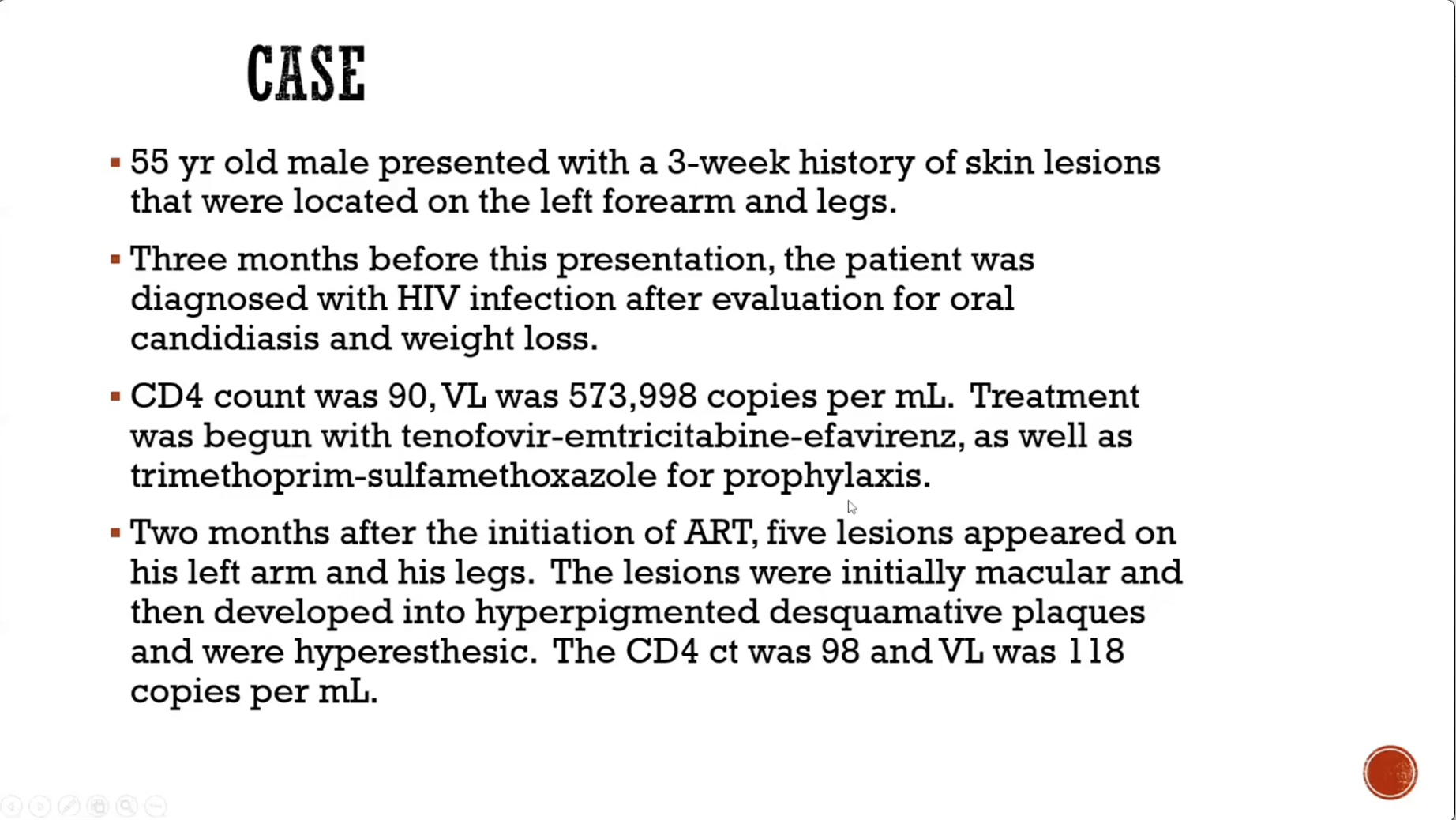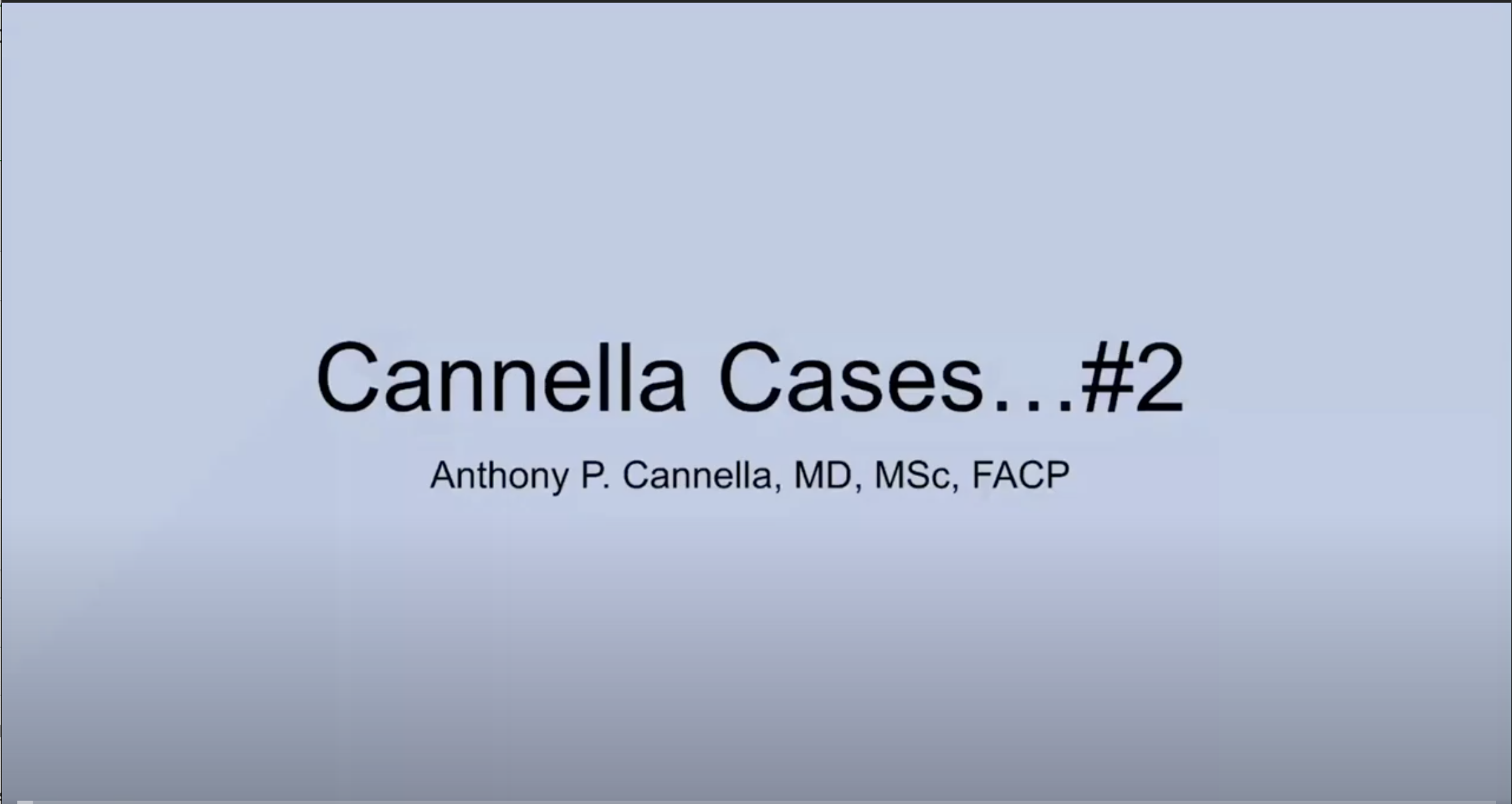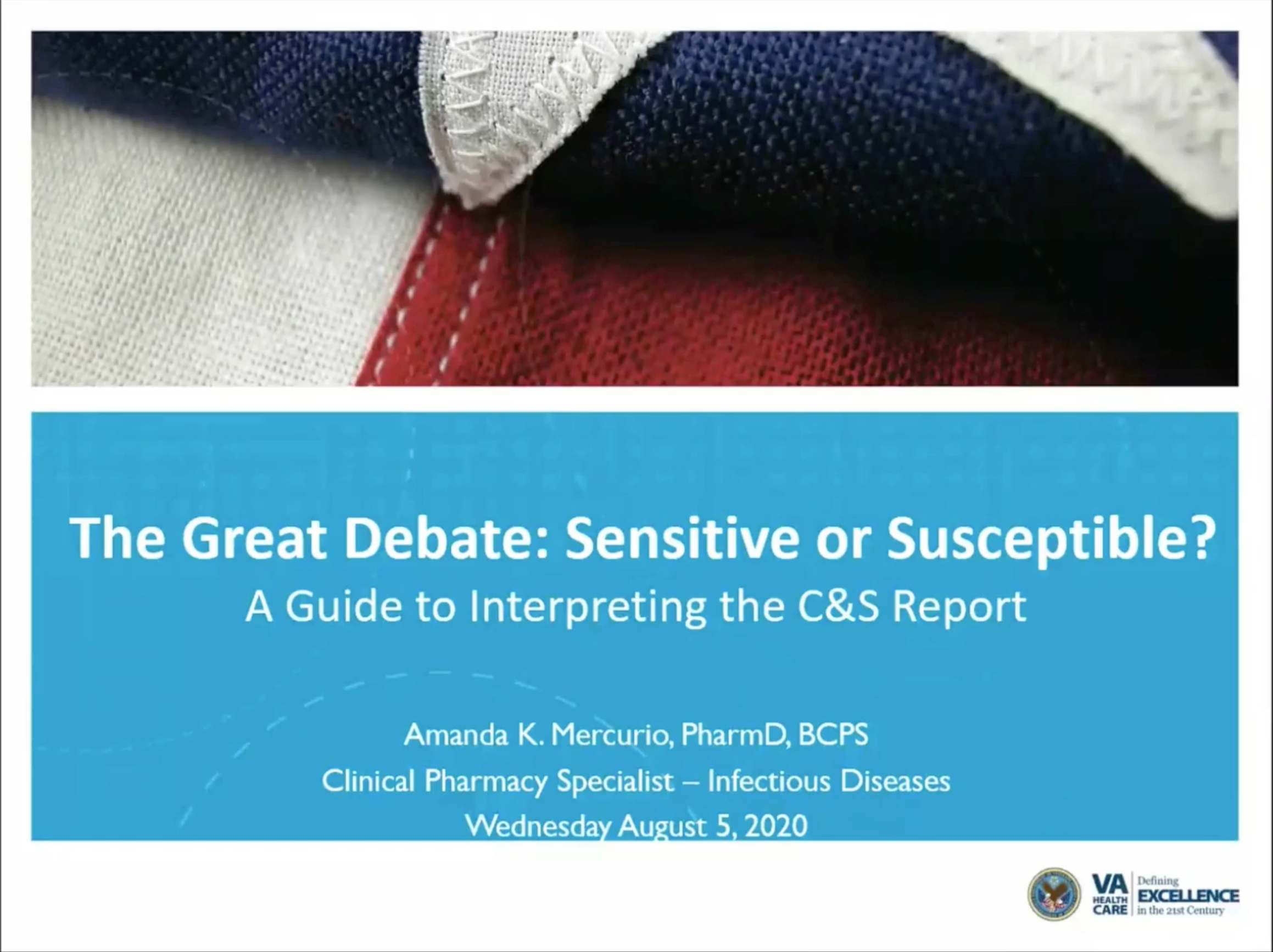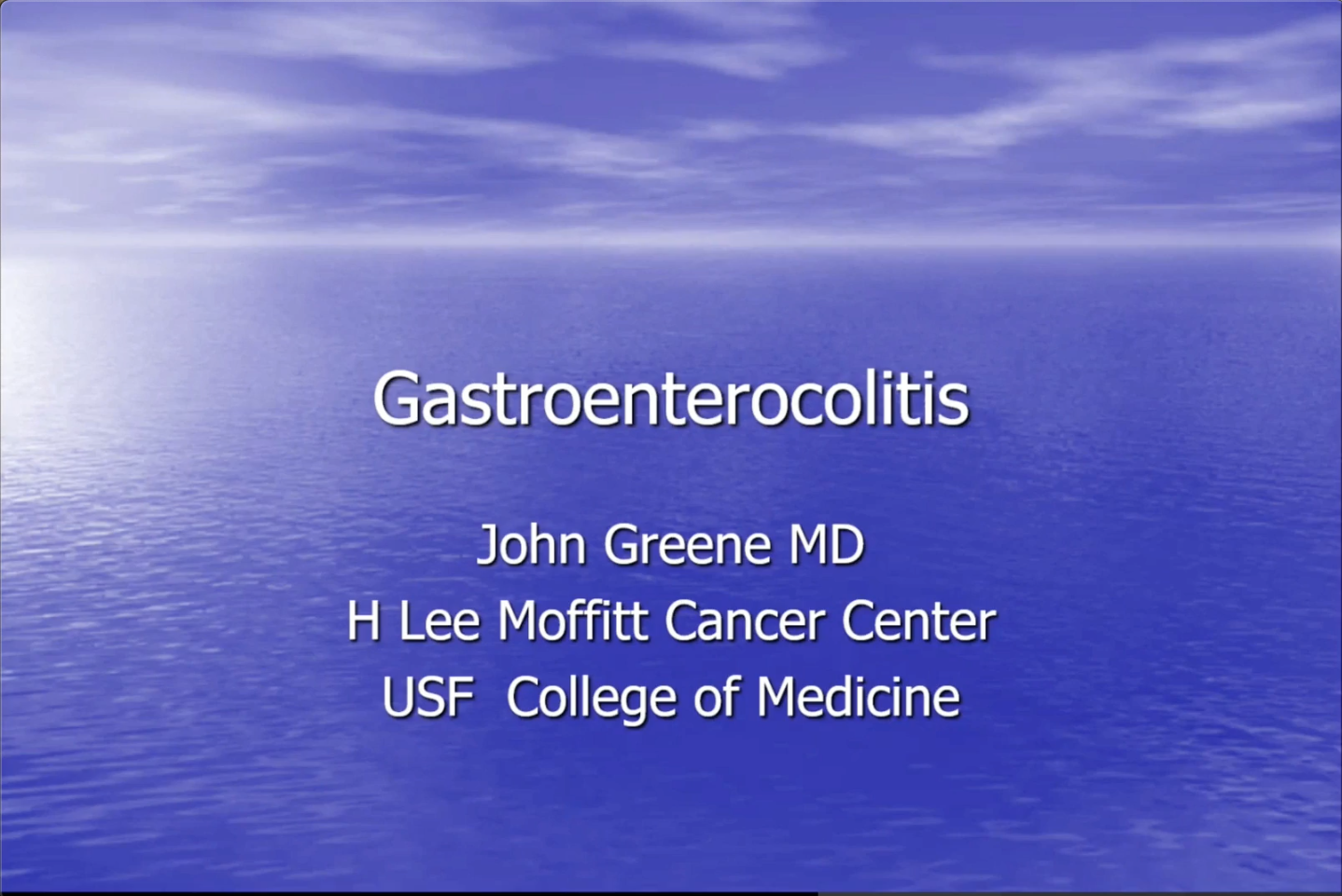Dr Amanda Mercurio, ID clinical pharmacist at the James A Haley Veterans Hospital, discusses the latest guidelines regarding the dosing and therapeutic drug monitoring of aminoglycosides and vancomycin. Dr. Mercurio begins by identifying the pharmacokinetic parameters for dosing antibiotic medications. She reviews the concepts of steady state and loading doses. She distinguishes between concentration dependent, AUC dependent, and time dependent dosing. She then discusses the unique pharmacokinetic parameters for aminoglycosides, including the benefits of extended interval dosing. Dr. Mercurio then goes through a step-by-step process for calculating aminoglycoside dosing based upon preferred nomograms. Next, Dr. Mercurio moves on to Vancomycin therapeutic modeling. In particular, she discusses the differences between older peak and trough-based dosing with the newer recommendations to dose based upon AUC modeling. Dr. Mercurio closes by going through a case-based example of dosing using the new guidelines.
Archives
Basic Principles of Antiretroviral Therapy for HIV
Dr. Burkhead, infectious diseases fellow at the University of South Florida, covers HIV History, the development of HIV antiviral therapy, and current treatment strategies in this comprehensive update. Dr. Burkhead begins by reviewing the different classes of antiretrovirals. He then traces the chronological history of antiretroviral development, from the initial trials of AZT through the introduction of other NRTIs, Protease inhibitors, NNRTIs, and the Integrase inhibitors. Next, Dr. Burkhead discusses antiretroviral therapy in special situations, such as in those who are pregnant, have chronic kidney disease, or cardiac disease. Important antiretroviral mutations are also discussed. Lastly, Dr. Burkhead closes the talk by discussing future directions for antiretroviral therapy.
Syphilis: The Return of Corky the Killer
Dr. John Toney, Professor of Medicine at the James A Haley Veterans Hospital, reviews information about one of humanity’s greatest and most enduring scourges. Professor Toney begins by recalling the history of syphilis. He next relates the current epidemiology of syphilis in the US. The pathophysiology of syphilis is next discussed, as well as the manifestations of primary, secondary, and tertiary syphilis. The clinical manifestations of neurosyphilis are also reviewed. Lastly the association between syphilis and HIV is presented and therapy for syphilis is briefly covered.
Vaccine Hesitancy
Dr. Fredenrich discusses the origins and consequences of the vaccine hesitancy movement in this informative podcast. She begins by tracing back recent anti-vaccine sentiment to the now retracted 1998 Lancet article published by Dr. Andrew Wakefield and its initial origins to 19th Century London. She relates the decades-long success story of vaccines in reducing childhood and adult morbidity from vaccine preventable diseases such as measles, chicken pox, and polio. She identifies some of the factors that cause vaccine hesitancy among new parents. She then highlights some of the relevant laws relating to vaccine exemptions across the U.S. Next, Dr. Fredenrich mentions some of the falsely maligned components of vaccines that are commonly cited as a reason for parent reluctance. She also associates the significance of social media in producing vaccine sentiment among parents and adults. Lastly, she relates how medical providers can use their trusted influence with their patients and their families to help them make the right decisions about vaccines.
Perspectives on the Pandemic: Palpating the Pachyderm
Drs. John T Sinnott, Kami Kim, and Seetha Lakshmi, distinguished Infectious Diseases faculty at the University of South Florida, discuss updates to the 2019 Coronavirus pandemic. Dr. Sinnott begins by tracing the beginnings of the pandemic, from its sylvatic origins in bats likely through an intermediary vector (a pangolin) to its first human hosts. Dr. Sinnott follows the pandemic to America, and shares some of the early assessments about the threat of the disease which were unheeded. Next, Dr. Sinnott discusses our current understanding of the pathophysiology of the SARS-2 Coronavirus, including its route of infection in the human host. Dr. Kim next discusses the specifics of Coronavirus testing, including the proper use and interpretation of molecular and antibody-based tests. Dr. Lakshmi then discusses current Coronavirus-targeted therapies, including convalescent plasma, remdesivir, dexamethasone, and monoclonal antibody-based treatments. Dr. Sinnott closes by discussing post-COVID syndromes and how the pandemic will likely end.
Bacterial Toxinology
Dr. Katzman reviews the importance of toxins in the manifestation of bacterial diseases. Bacterial toxins cause injury by producing tissue damage to the host during a bacterial infection. The different mechanisms by which bacterial toxins can produce injury are reviewed, including via intracellular and cell surface targets, membrane damage, superantigens, and involvement of the extracellular matrix. Dr. Katzman next reviews several well-known bacterial toxins, including Staphylococcal and Streptococcal toxins and Pseudomonas exotoxin A. Lastly, toxin therapies, such as toxoids and passive immunization are reviewed.
Infectious Diseases Board Review
Great Cases in Infectious Diseases
Dr. Anthony Cannella, Associate Director of Epidemiology at the James A Haley Veterans Hospital, presents a series of clinical cases from his years in infectious diseases practice. The cases are presented in a visual, interactive format. From a virtual session originally recorded on August 19, 2020.
The Great Debate: Sensitive versus Susceptible
Dr. Mercurio reviews antimicrobial susceptibility testing methods and explains how this data reported with culture results can be best used to make informed antibiotic treatment decisions. Dr. Mercurio begins by discussing the difference between MIC and MBC, and the misconceptions about MIC values for different antibiotic agents. Next, she reviews recent changes in the susceptibility breakpoints for several bacterial organisms, including Enterococcus spp., Staphylococcus aureus, Enterobacteriaceae, and Pseudomonas. Lastly, she reviews the resistance issues with the “SPACE/SPICE” bacteria as well as inducible clindamycin resistance, and closes with comments on heteroresistance issues in bacterial populations.
Gastroenterocolitis
Dr. John Greene, Chief of Infectious Diseases at Moffitt Cancer Center, reviews disorders involving the gastrointestinal tract. Syndromes discussed include Cholera, traveller’s diarrhea, Typhoid fever, Salmonellosis, Campylobacter, pathogenic E coli, Echinococcosis, aeromonas, and Vibrio. Dr. Greene presents the topics in a fast paced, photo quiz format.

